LINUX
Das universelle Betriebssystem
Eine Einführung - Teil 1
Deutsche Angestellten Akademie
Über Mich
- Daniel Schubert, verheiratet, 1 Kind (7)
- Webentwickler
- Linux Serverbetreiber
- Open Source Verfechter
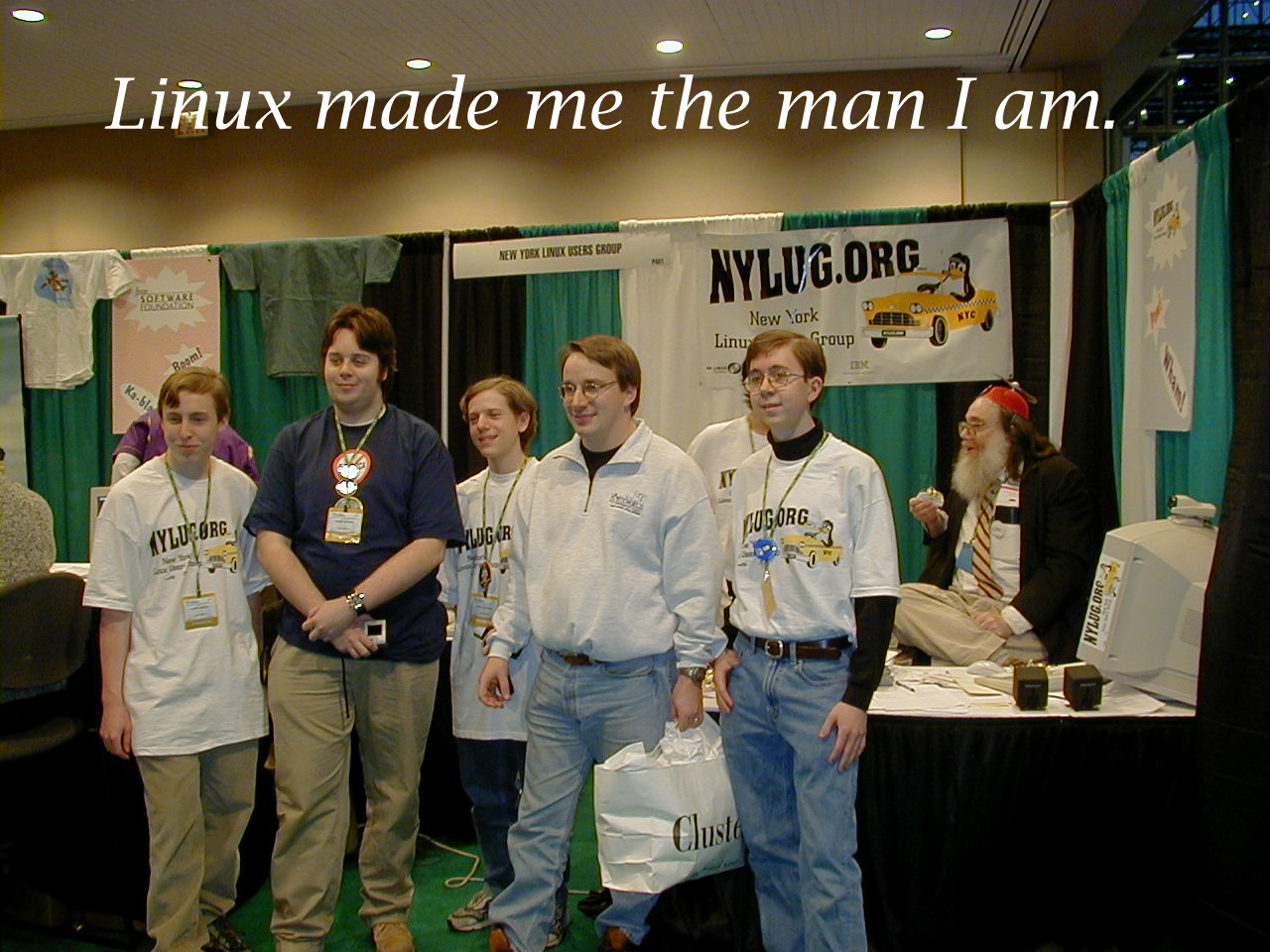
Was ist LINUX ??
- Linux ist ein modernes Multi-User und Multi-Task Betriebssystem
- Linux läuft auf fast jeder Hardware
- Linux ist als Open-Source frei verfügbar.
- Der Quellcode des Systems kann frei heruntergeladen und nach Belieben abgeändert werden.
Wo wird Linux verwendet?
- Personal Computer
- Alte Hardware / Tablets / Router
- Grossrechner
- Datenbankserver, Virtualisierung
- Webserver, Mailserver, Fileserver
- Das Internet
- Android ist im Prinzip eine Linux Distribution !!
Der Weg zu Linux
- Das GNU-Projekt startete 1984
- Ziel --> ein freies, UNIX-ähnliches System .
- Richard M. Stallman, Free Software Foundation FSF
- Linux wurde 1991 von Linus Torvalds begonnen:
- als Klon des Unix-Kernel.
- Linux passte gut zum GNU-Project --> GNU/Linux war geboren
- Mit „Linux“ ist im Sprachgebrauch meist das komplett-Paket gemeint.
Was ist ein Kernel?
Er erledigt elementare Aufgaben wie Speicher- und Prozessverwaltung und die Steuerung der Hardware. Anwenderprogramme müssen sich an den Kernel wenden, wenn sie zum Beispiel auf Dateien auf der Platte zugreifen wollen.Warum ist Linux kostenlos??
- GNU/Linux ist unter der General Public License „GPL” veröffentlicht:
- Jeder darf Linux modifizeren / kopieren / veröffentlichen
- solange dies unter den Bedingungen der GPL geschieht
- daraus abgeleiteter Code muss inkl. Source Code unter der GPL veröffentlicht werden
- Linux ist frei, im Sinne von „Freiheit“, nicht „Freibier“
https://de.wikipedia.org/wiki/GNU_General_Public_License
Wir installieren Linux
Ladies and Gentlemen: Start your Engines
Installations Schritte
- USB Stick einstecken
- Laptop starten
- BIOS öffnen
- Boot Device im BIOS wählen
- Neu starten
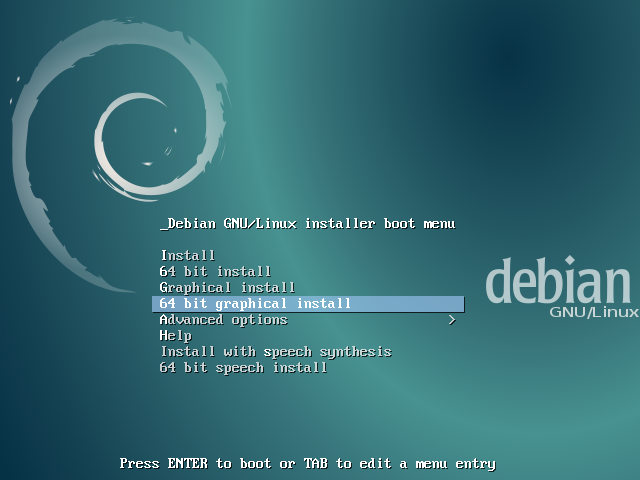
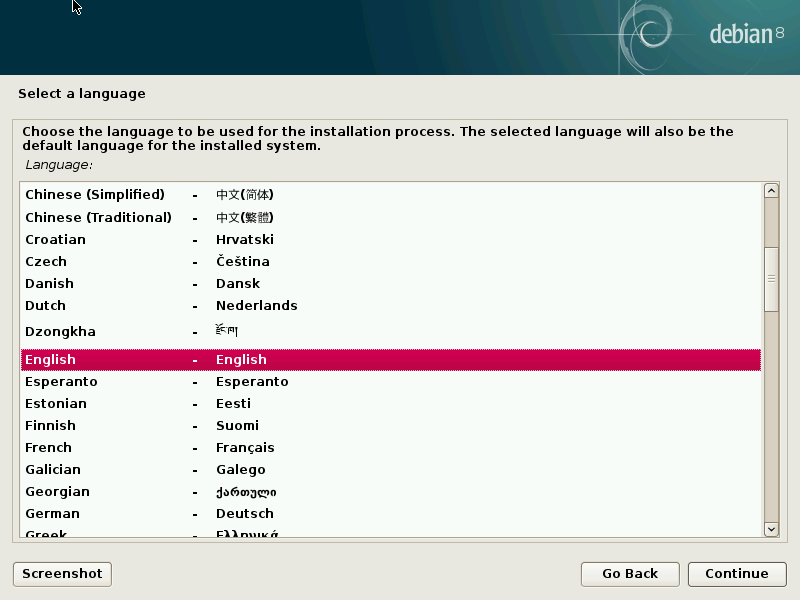
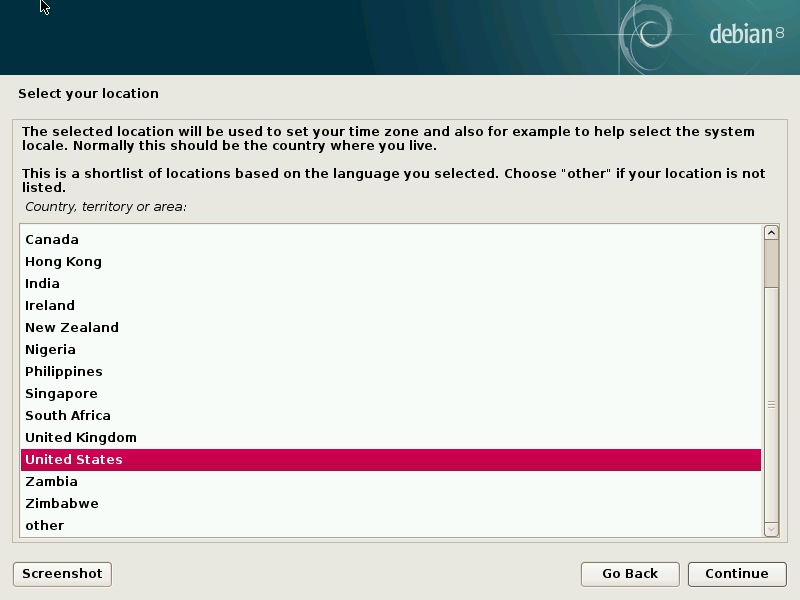
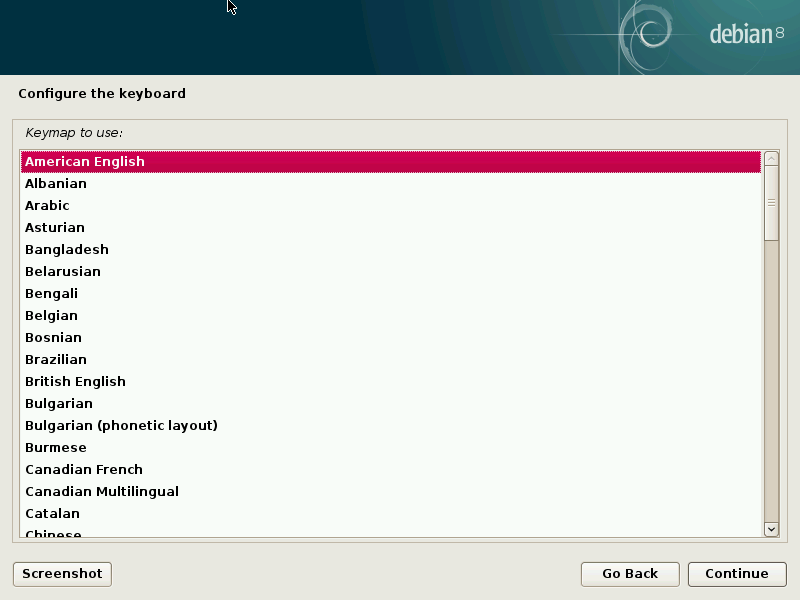
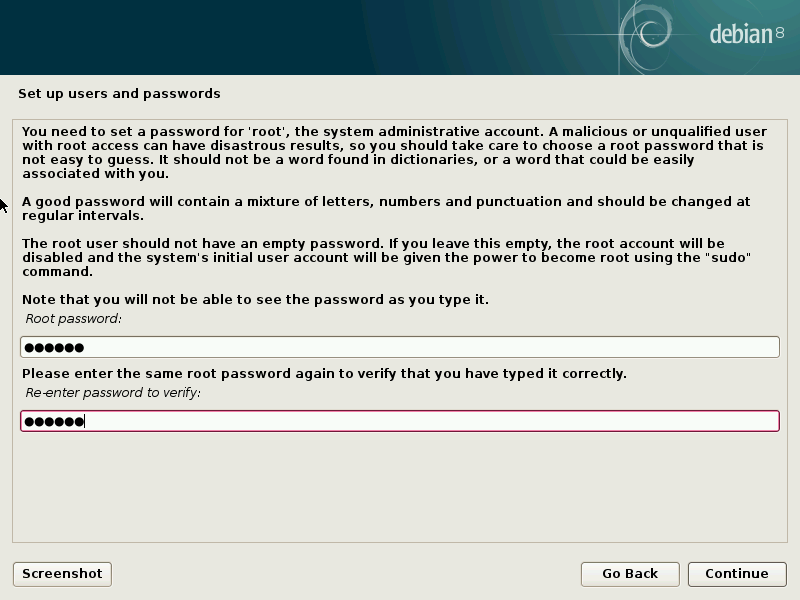
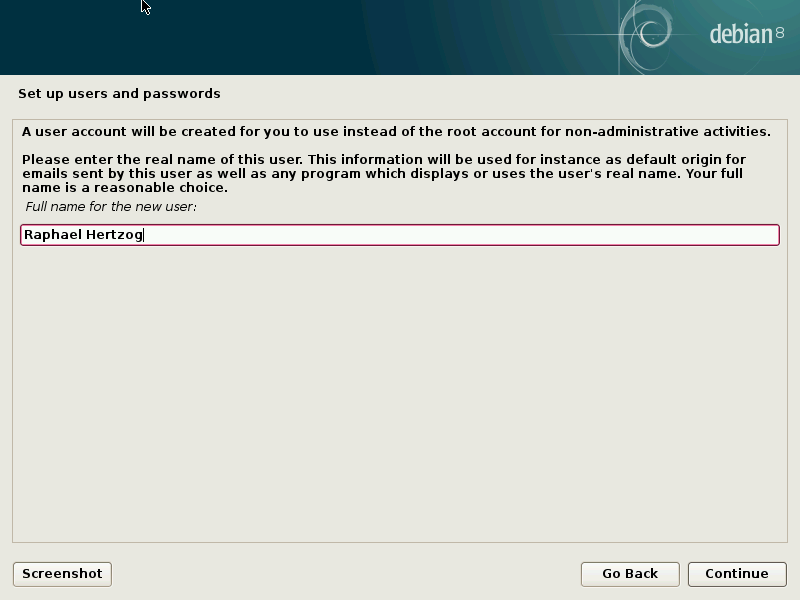
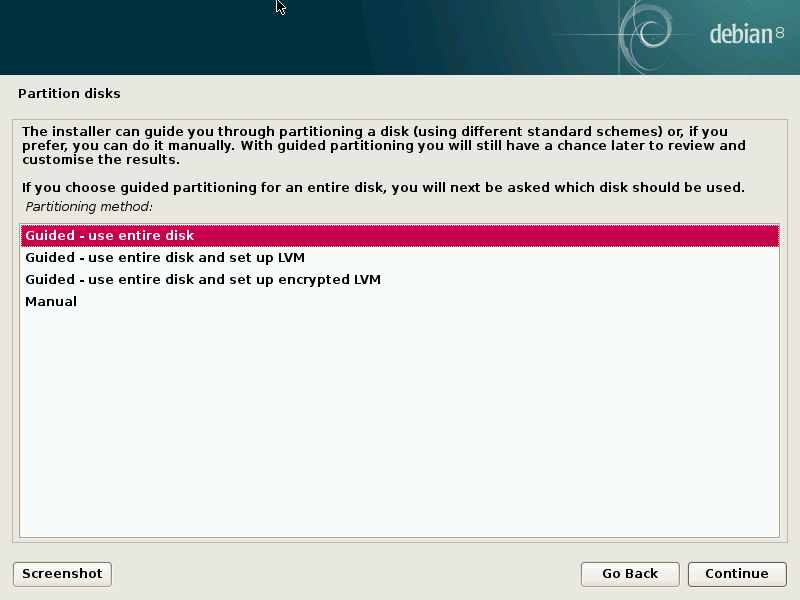
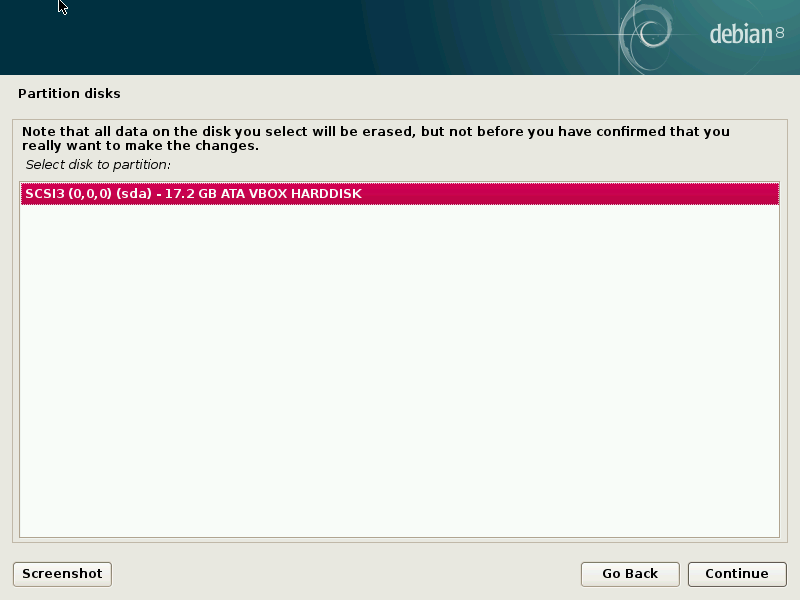
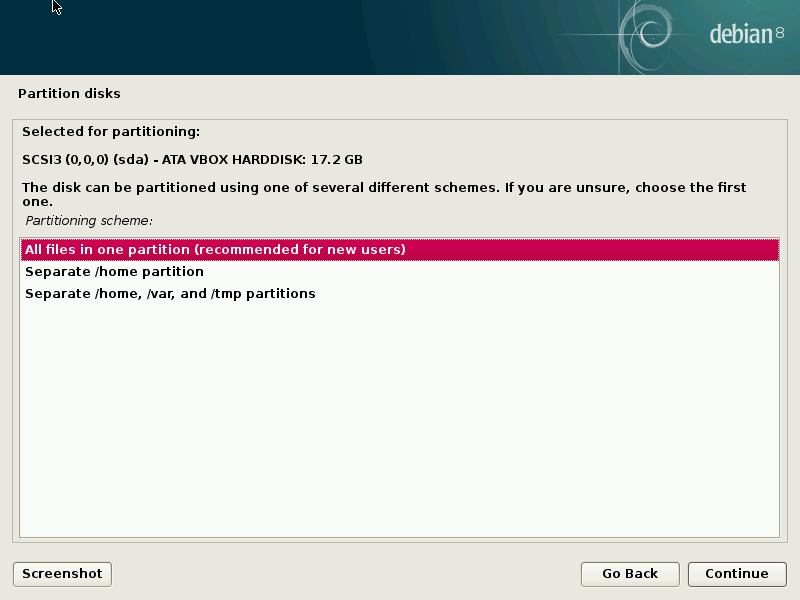
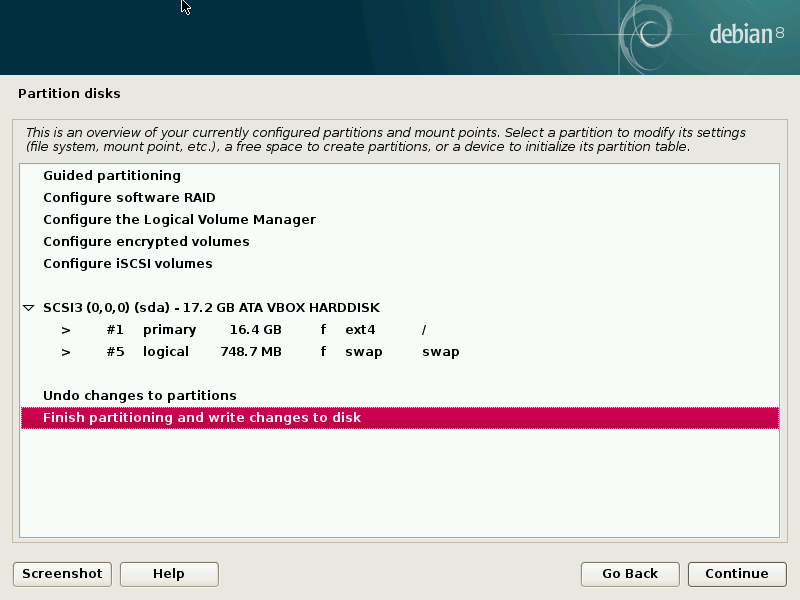
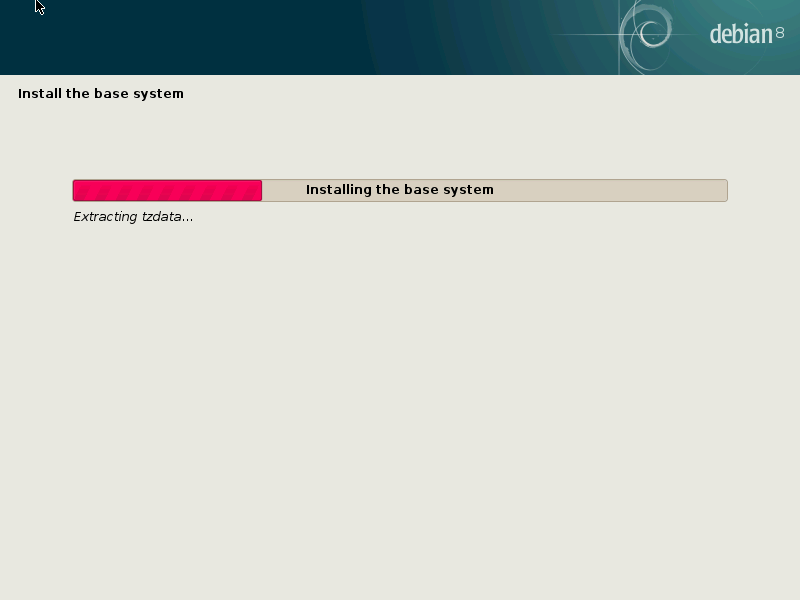
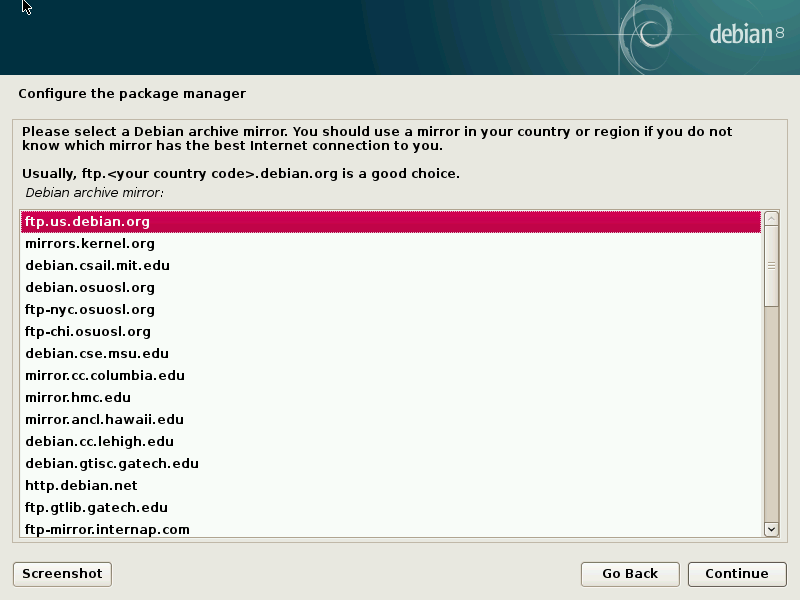
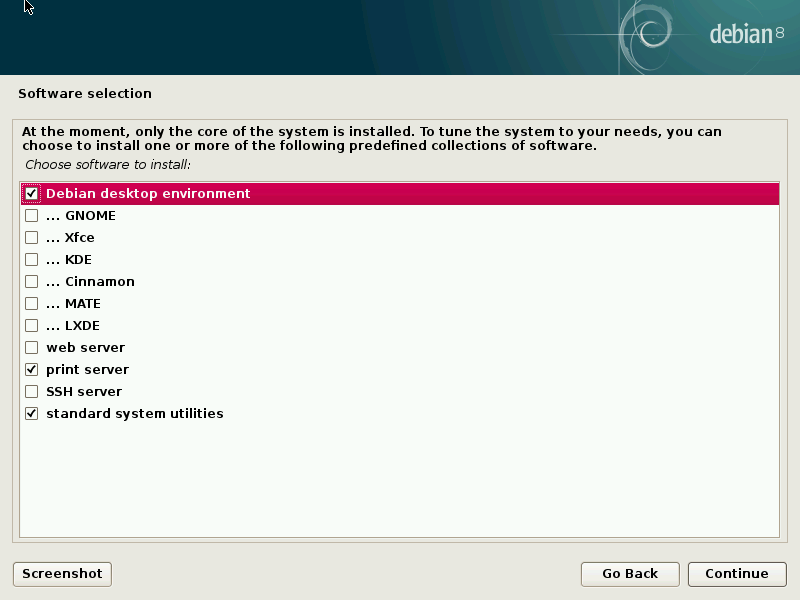
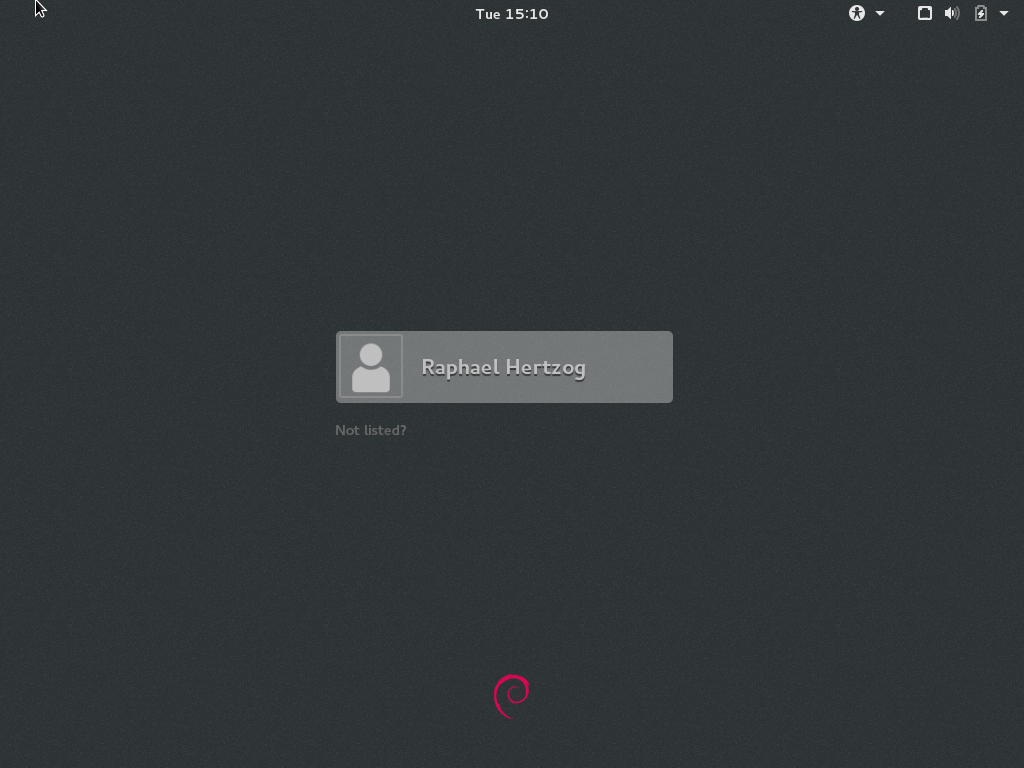
Gnome3
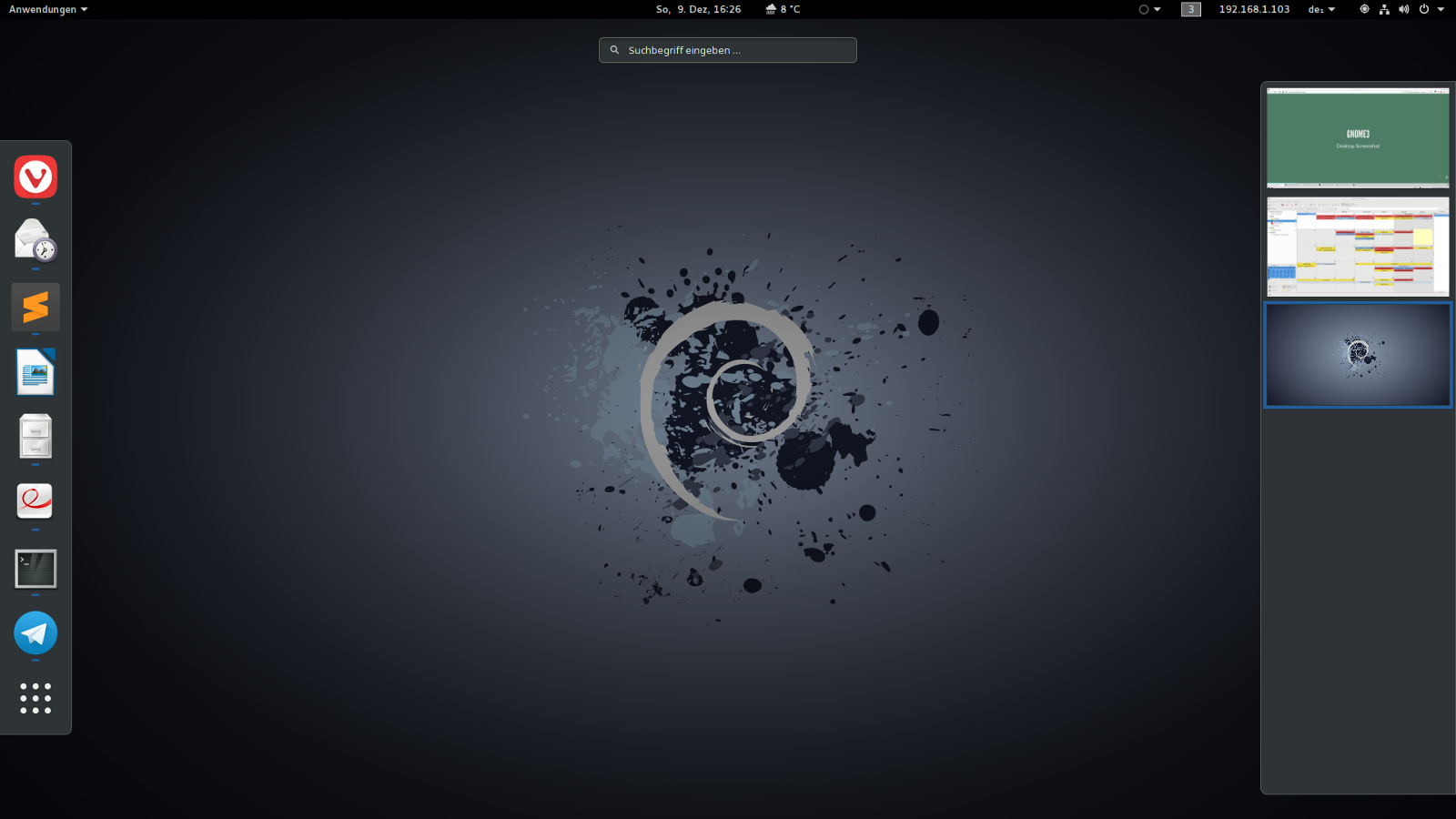
Tastaturkürzel
| Kürzel | Zweck |
|---|---|
| Win-Taste | Exposé |
| ALT + F2 | Befehl ausführen |
| ALT + Tab | Programm-Wechsler |
| STRG + ALT + Pfeil | Arbeitsfläche wechseln |
| STRG + ALT + SHIFT + Pfeil | Fenster in Arbeitsfläche verschieben |
Was ist eine Distribution??
- Zusammenstellung von GNU/Linux mit:
- WindowManger: Gnome / KDE / Xfce / Budgie etc..
- Software: LibreOffice, Firefox, Thunderbird, Gimp....
- es gibt viele, sehr viele Distributionen: Debian, Ubuntu, SuSE, Red Hat, Mint, Fedora, Gentoo, Arch ......
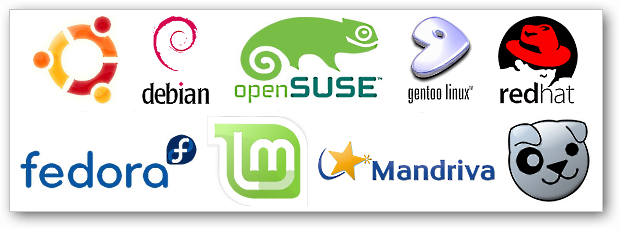 mehr Distris:: https://distrowatch.com
mehr Distris:: https://distrowatch.com
Debian
Debian
- zusammengestellt aus Software unter der GNU General Public License
- sehr populär als OS für Server
- sehr solide Distribution -> wird als Basis für viele and. Distributionen verwendet: zb Ubuntu
Debian Features
- 52000+ Pakete freier Software
- diverse Installations Images zum Download
- Debian lässt sich übers Netzwerk installieren
- Debian LIVE
- Ein Live-System kann vom USB-Stick gebootet werden
- ->ausprobieren ohne Installation
Debian Features
Umgebung
- GNOME ( default ), KDE Plasma, Xfce and LXDE
- Command Line Interface ( die Shell )
- Browser: Firefox, Chrome
- Email: Thunderbird
- Office: Open- / Libre-Office
- Skype
- etc pp
Gnome3

Aufgaben:
- Netzwerkeinstellungen vornehmen
- Bildschirmauflösung einstellen
- Theme einstellen
Die Paketverwaltung
Programme installieren
- Linux Programme werden aus sog. Repositories bezogen
- Synaptic
- greift auf diese Repos zu
- kümmert sich um die Installation der Software-Pakete und ihrer Abhängigkeiten
- Datei Endung für Debian Pakete ist *.deb
Software installieren
Aufgaben:
- Starten Sie synaptic
- Update / Upgrade des Systems
- Installieren Sie
- Gimp
- VLC
- ssh server
- VIM
- Deinstallieren Sie Gimp